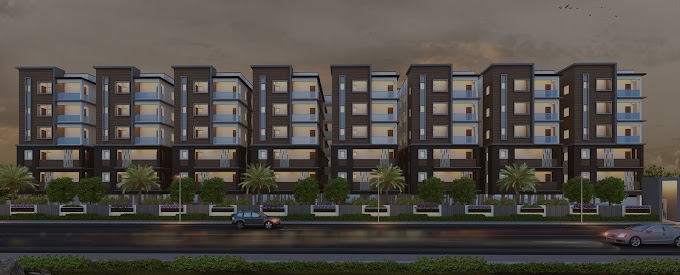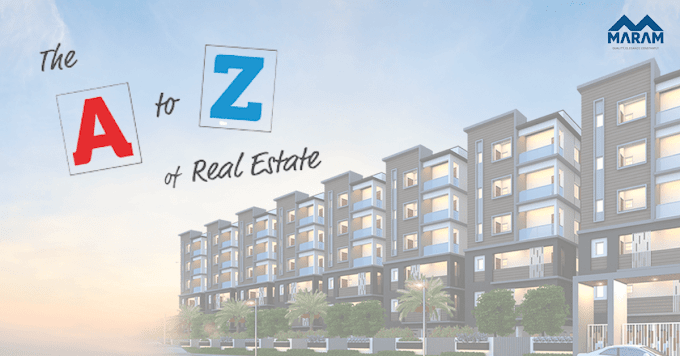In India, the property investment sector is the second largest employer after agriculture, and it is encouraged to produce at a rate of 30% over the next decade. Land, buildings, and property are the most common types of real estate, but it also includes crops, mineral deposits, and freshwater. The most significant influence of real estate on the environment is that the project development is heavily reliant on the building design. The public's awareness of the domain is growing by the day, and as a result, governments and individuals are exerting strain on the real estate business to pay greater attention to environmental issues.
Environmental considerations are common in all sorts of real estate transactions, whether it's the purchase of a single-family home or the relocation of major commercial construction properties. Land pollution is the most significant environmental problem when it comes to property transactions. This may emerge or stem from the actions of the landowner, either the current or previous owner, generally known as on-site sources, OR it may arise or start from off-site references. Because the site owner's obligation may differ based on the environment in which the pollution occurred, determining the source of the pollution is critical to evaluate the possible risk and assign responsibility.
Mold infiltration is another ecological disaster, which happens in poorly designed buildings or lacks appropriate airflow circulation. Different varieties of mold may breed in a structure, mostly on the walls, due to air movement. In most situations, the mold includes moisture, which causes physical harm to the structural element, but in certain cases, molds are poisonous, resulting in health complications. In the recent past, there have been a few cases/lawsuits in which the injured party was successful in obtaining considerable personal harm as a result of hazardous mold.
Asbestos is yet another significant contributor to climate change. This element may be found in a variety of places, the most frequent of which is as an insulator in pipelines and wiring closets, as well as in flooring and roof shingles. Asbestos is most commonly found in residential and retail structures, although it can also be found in older residential houses. The expense of reducing, or rather, ending, or disposing of asbestos-containing items might be significant. As a result, in light of all sorts of environmental problems, it is recommended that if an asbestos problem is discovered, the owner's first goal should be to address the situation before the facility's closure.
Another significant and serious environmental risk is lead paint. It's mostly seen in older residential buildings. Individuals, particularly young children, are more vulnerable to lead-related accidents, which are mostly caused by lead paint chipping. Another concern with lead-based paint chips is that it may pollute the soil, making it difficult for plants to flourish, thus farms and persons who cultivate plants, fruits, and vegetables are aware of the issue. Before purchasing any ancient property, it is recommended that you thoroughly inspect the nearby region as well as the assets for lead pollution. If they find it, they should strive to eliminate it as soon as possible; otherwise, it may spread.
The identification of the problem is perhaps the most important stage. A team of sustainability consultants is being formed to address such issues. Currently, environmental evaluation is becoming a key issue and a common component throughout Real Estate Property transactions in any country across the world. Most of the time, these experts are booked via environmental solicitors to retain a client-attorney connection or to protect the attorney-client confidentiality. This approach has been chosen primarily to address future issues including legal matters.
So, what should you look for in Real Estate Development Projects?
The extent to which ecological elements are incorporated during the original planning and design determines the total advantages of green buildings. In certain circumstances, such elements can be added after the structure has been completed. But the point is that a building's green elements alone do not make it ecologically viable. Many developers have begun to promote projects under the umbrella of "eco-friendly houses" as a result of the growing interest in this idea among home purchasers. While many of these initiatives have been approved by competent authorities, others are just attempting to join a trendy wave without truly delivering the product.
A builder must gain certification from the green grading systems used in India to guarantee that a really "green" residential building is not confused for one of the numerous imitators. Green Rating for Integrated Habitat Assessment is a similar method that certifies that a structure meets all of the desired specifications and that the appropriate materials and techniques were employed throughout the construction process. If all of the standards are met, the project is designated as a "Green Building."




0 Comments